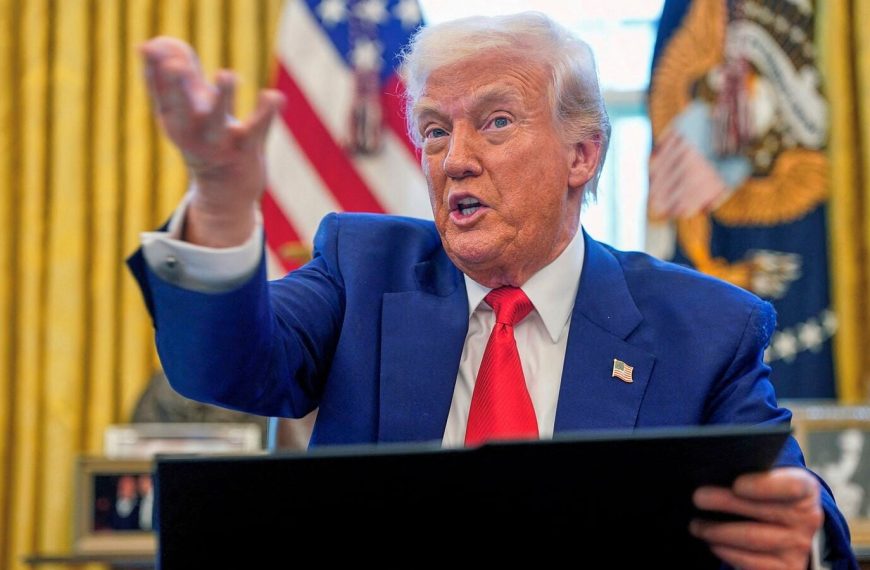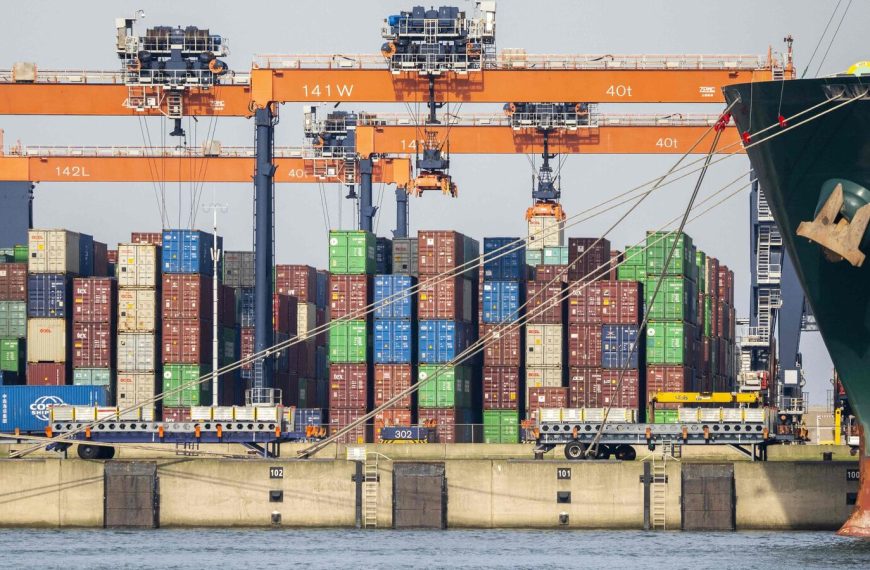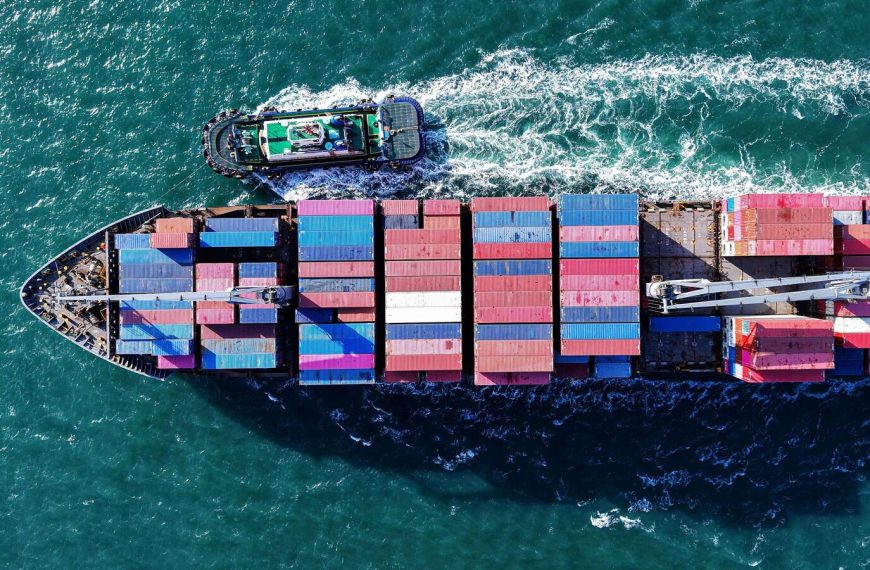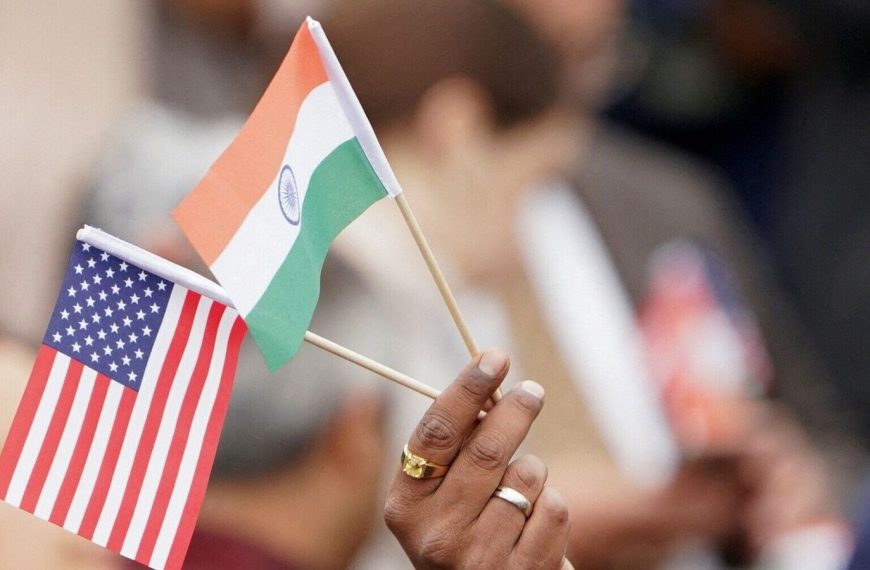India’s Trade Deficit Shows Signs of Improvement
In February, India’s trade deficit demonstrated a positive shift, decreasing to $21.5 billion from $23 billion in January, as reported by Union Bank of India. This development suggests a gradual recovery, although uncertainties regarding geopolitical tensions and tariff policies continue to loom large over trade activities.
Key Factors Behind the Trade Deficit Reduction
The reduction in the merchandise trade deficit can be attributed largely to a decline in the Non-Oil-Non-Gold (NONG) sector. Seasonal factors during the quarter played a supportive role in this trend. The report indicated, “Merchandise trade deficit likely narrowed in February to $21.5 billion compared to last month’s $23 billion.”
Despite this encouraging trend, analysts caution that the recovery might be tempered by rising concerns about trade restrictions and potential tariff hikes, particularly in light of the recent changes in U.S. leadership.
Oil Imports and Global Prices
The oil trade deficit also saw a contraction in February, driven by a drop in global Brent crude oil prices. The price per barrel fell from $78.35 in January to $74.95 in February. Interestingly, oil imports from Russia saw a significant decline, down 14.5% month-on-month to 1.43 million barrels per day, marking the lowest level since January 2023. Consequently, Russia’s share of India’s total oil imports decreased to around 30%, a stark contrast from the 38% average in 2024.
- Brent Crude Prices: Decreased from $78.35 to $74.95 per barrel.
- Russian Oil Imports: Dropped to 1.43 million bpd, the lowest since January 2023.
- Russia’s Share of Imports: Fell from 38% to 30%.
Although crude prices eased, the impact on import volumes may not be immediate due to pre-signed contracts, which could explain the decline in India’s oil import bill in January compared to December, despite higher prices and volumes.
Gold Imports Surge Amid Seasonal Demand
In February, gold imports surged to 70 tonnes, a significant increase from 40 tonnes in January, primarily driven by seasonal demand linked to wedding celebrations. Additionally, investment interest in physical gold remained robust as investors sought refuge from the volatility of riskier assets like equities.
The report emphasizes that, amid ongoing global economic uncertainties during Trump’s second term, the demand for gold as a safe-haven asset is expected to remain strong.
The Road Ahead for India’s Trade
Looking forward, experts predict that geopolitical risks and ongoing tariff concerns will continue to significantly influence India’s trade landscape in the upcoming months. As the global economic environment evolves, stakeholders will need to navigate these challenges to optimize trade performance.
In summary, while February’s trade deficit figures reflect positive movement, the broader economic factors at play underscore the complexities of India’s trade dynamics.











